Special focus will be placed on collaborative work with the surrounding community.
To inform the community about how the University of Concepción aims to protect the ecosystems surrounding the campus, a presentation was held outlining the main measures taken by the institution to prevent forest fires, with particular emphasis on engaging the neighboring community.
Among the measures, in addition to the already implemented forest brigade, the use of AI-powered cameras was formalized, as well as the introduction of a goat brigade to consume vegetation—weeds—that could become fuel during the summer.
The event was attended by the Vice Chancellor of Economic and Administrative Affairs, Dr. Miguel Ángel Quiroga Suazo; the Director of the Nature Campus Project, Dr. Cristian Echeverría Leal; the Director of UdeC Services, Evelyn Vásquez Salazar; the Presidential Delegate of the Biobío Region, Daniela Dresdner Vicencio; and the Regional Director of Biobío's Conaf, Rodrigo Jara Ortega.
Regarding the event, Vice Chancellor Miguel Quiroga emphasized that the community was invited to participate, as preparedness is crucial, especially with the increasing frequency of forest fires. "It is very important to invite the community to be part of preventing these forest fires (...) so that everyone can contribute to prevention and control efforts," he stated.
Thus, this milestone showcases the measures the university has adopted to protect the natural heritage surrounding the campus. "In our efforts to care for our campus, we have also engaged with our neighbors, and there is undoubtedly important coordination work with public entities like Conaf," Quiroga noted.
For the 2024-2025 season, the university is working to double the number of preventive measures, increasing from 14 to 29, due to climate conditions and the high intentionality behind fires.
Among the new measures to strengthen fire prevention and combat strategies are increased aerial and ground patrols, improved water source availability, and the reinforcement of the Forest Brigade with more equipment and training to enhance emergency preparedness.
Additionally, initiatives promoting collaboration with the community and institutions have been introduced. The university also maintains partnerships with public and private organizations for the use of AI-powered cameras that enable early fire detection through smoke-identifying algorithms, covering a 25-kilometer radius to monitor not only university grounds but also nearby areas like Los Lirios and Cerro Caracol.
Evelyn Vázquez, Director of Services at the University of Concepción, explained that the department has been implementing a forest brigade for years to prevent the spread of fires that could affect both infrastructure and the campus community.
Efforts have intensified in the context of safeguarding the Nature Campus, incorporating various technologies in prevention measures. "One of our challenges is contributing to SDG-11 (Sustainable Development Goals). Primarily, we need sustainable communities—safe, resilient, and capable of managing their risks," she specified.
Cristian Echeverría, Director of the Nature Campus Project, commented that the main goal is protection, and to achieve this, it is essential to inform the community about the Nature Campus's value, as it represents both a social and community bond.
"What we want is to convey that we must protect an area of high value for people and as a biodiversity heritage for Chile," Echeverría stated.
Goat Brigade
One innovation in campus care is the introduction of a 50-goat brigade. According to Evelyn Vázquez, this is "an institution-incubated project. The goats consume vegetation, reducing plant material and thus the likelihood of fire spread."
The goats are already on the Concepción campus to reduce fuel loads in interface zones like grasslands and invasive weeds. "The goats will be fenced and have a caretaker. The community is asked not to feed them or create disruptive noise, as it stresses the animals," she added.
This pilot project will run for 20 days, with collaborative monitoring by the Natural Resource Conservation Engineering program to assess its impacts.
Presidential Delegation
Daniela Dresdner, Presidential Delegate of the Biobío Region, stressed the government's interest in all institutions following UdeC's example.
"First, taking serious measures, and second, communicating them to communities, because deep awareness of wildfire dangers is essential," she said.
Rodrigo Jara, Regional Director of Conaf, emphasized the need for ongoing prevention discussions. "Prevention isn’t just Conaf's responsibility—we must unite more institutions, like UdeC. Municipalities must act, but universities are also key players due to their significant landholdings."
Juan Emilio Espinoza, UdeC's Forest Property and Management Officer, noted the university owns over 300 hectares, including native forest remnants.
"Challenges include climate change and high fire intentionality in the region. We’ve prepared as best we can through a wildfire protection program," he said.
Regarding the university's forest brigade, Espinoza explained it mostly consists of seven people. "Brigade members follow prevention and response protocols. We have a 3,000-liter tanker truck and recently added a 300-liter tank pickup, along with pumps and foam, to improve firefighting effectiveness."
On emergency response, Espinoza clarified: "During an emergency, everyone must act immediately, regardless of sector. Fires must be tackled this way—if one starts nearby, it can easily reach us."


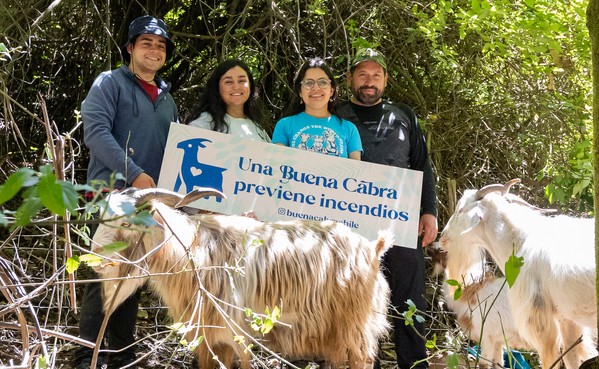
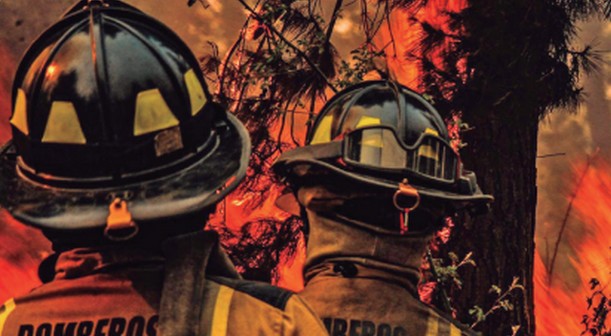
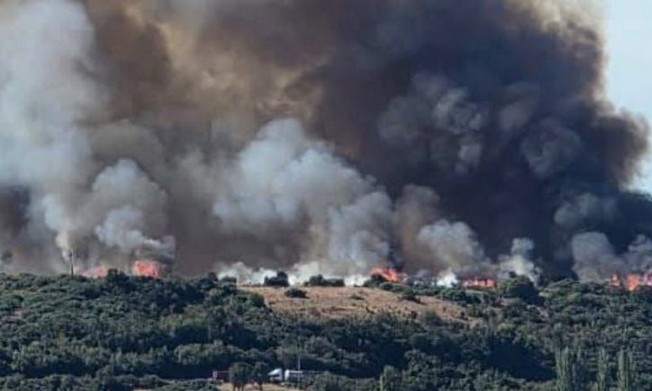
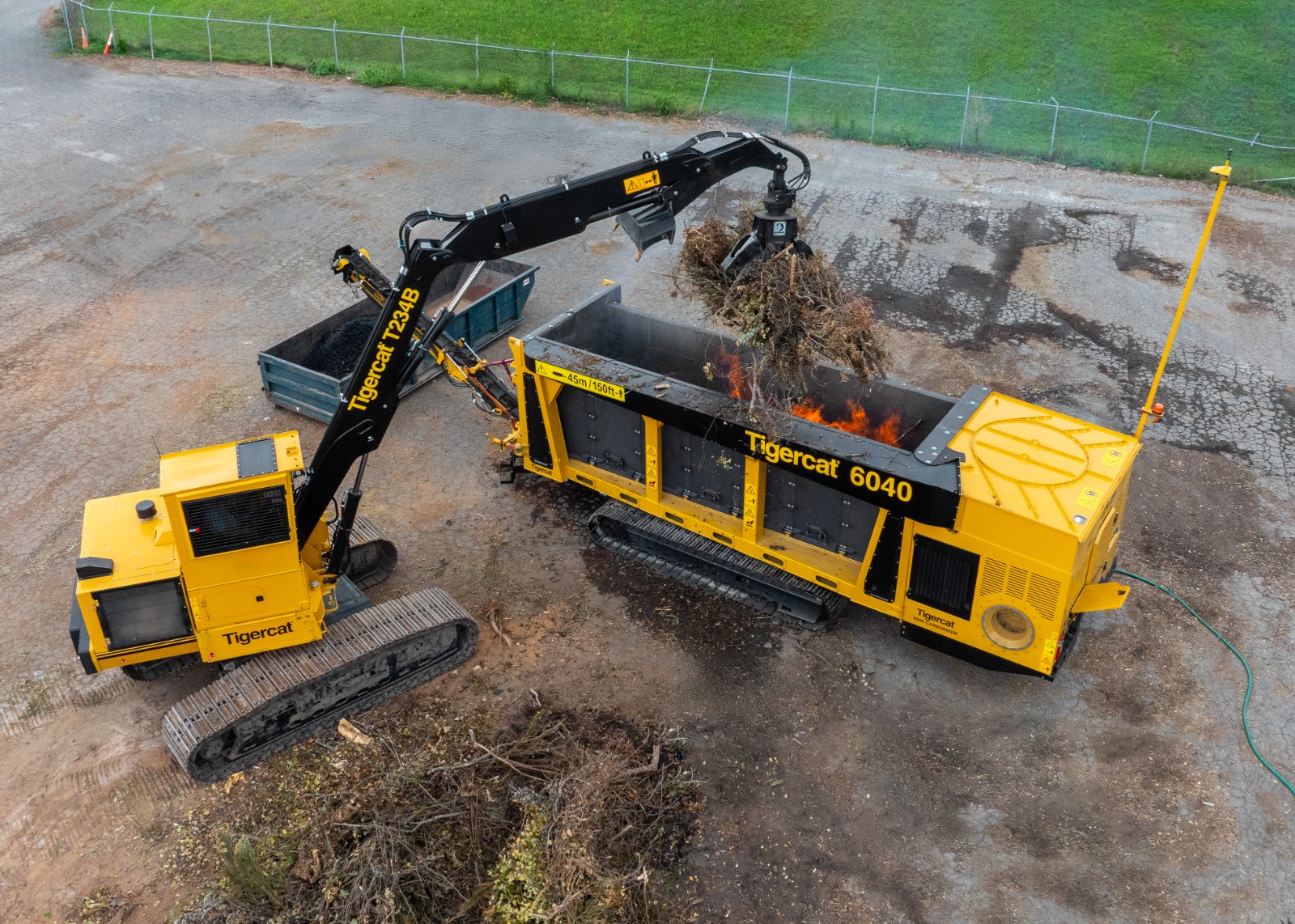
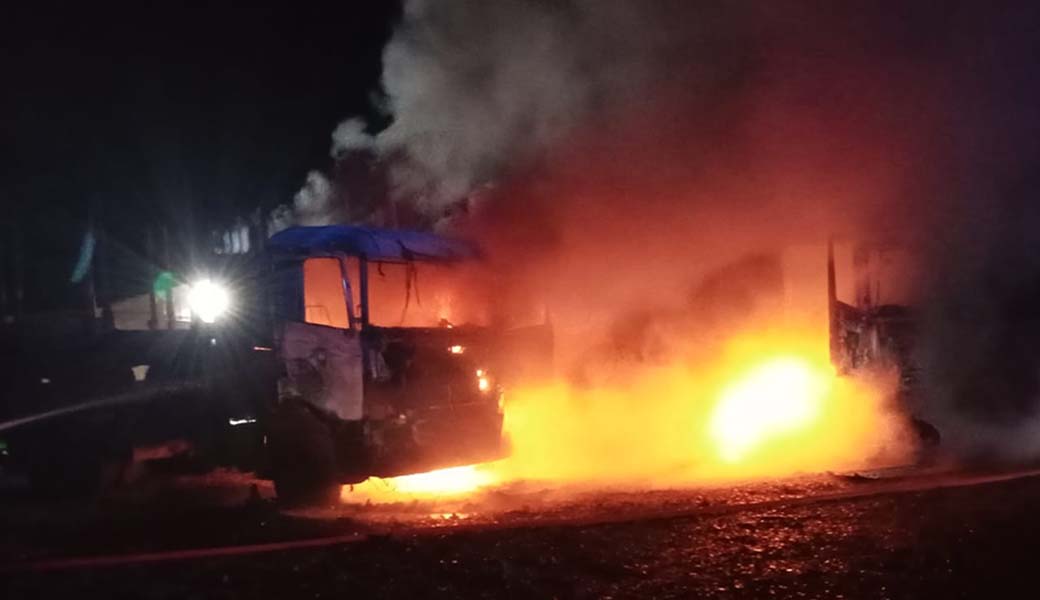
Comments (0)
No hay comentarios aún. ¡Sé el primero en comentar!
Deja un comentario